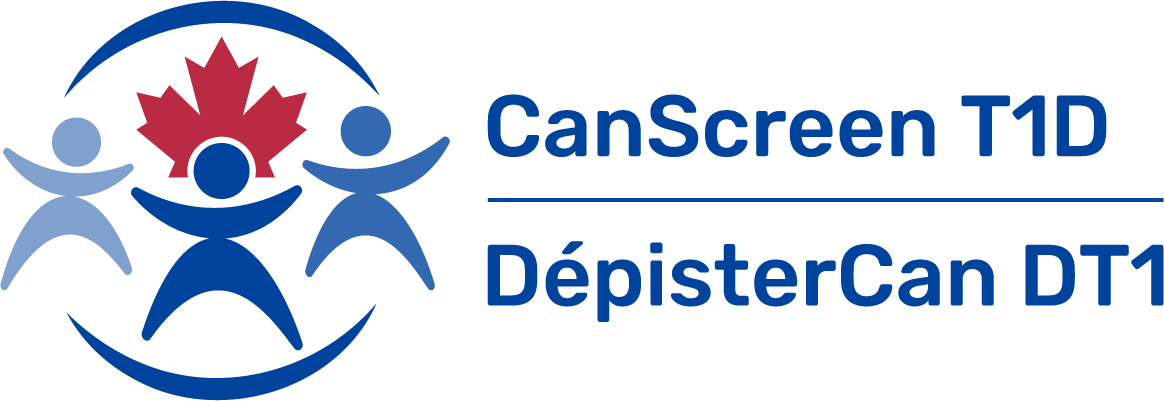Health equity is important to us because we believe that all people deserve quality healthcare. When people experience barriers to accessing healthcare, particularly for unfair reasons, this is called a ‘health disparity.’
For this reason we are working on how we can minimize health disparities to ensure our screening program is as accessible as possible.
Health Equity and CanScreen T1D
At CanScreen T1D, we work within four areas to reach our health equity goal. The areas are:
- Health Disparities: Consider the needs of and reduce barriers that diverse people experience in screening and treatment.
- Equity, Diversity, and Inclusion (EDI): Advocates for inclusive research practices and policies that promote equity and diversity within CanScreen T1D and in its broader impacts.
- Sex and Gender Based Analysis Plus (SGBA+): Consider how sex, gender, age, ethnocultural identity, rurality, education, disability, income, sexual orientation, language, and health status may impact people’s experiences around T1D screening, risk, diagnosis, and care experiences.
- Engagement: Build trusting and ongoing relationships with communities with diverse backgrounds to ensure that we work on and with views from broad backgrounds to make an effective screening process for all.

Definitions
Health Disparities: Factors that harmfully influence access to quality health care services.
Equity: Recognizes that each individual may need different resources and allocates them so that there can be an equal outcome.
Diversity: Respect and enjoy a wide range of cultural and individual differences.
Inclusion: All individuals are treated with respect and feel included regardless of background, identity or circumstance.
Sex and Gender Based Analysis Plus (SGBA+): A tool that helps identify and address gaps in a project.

